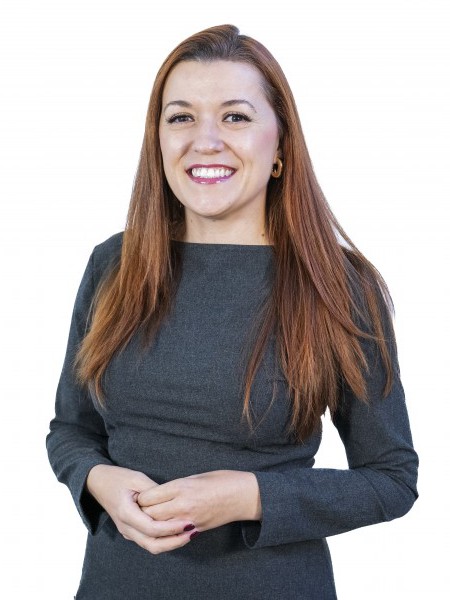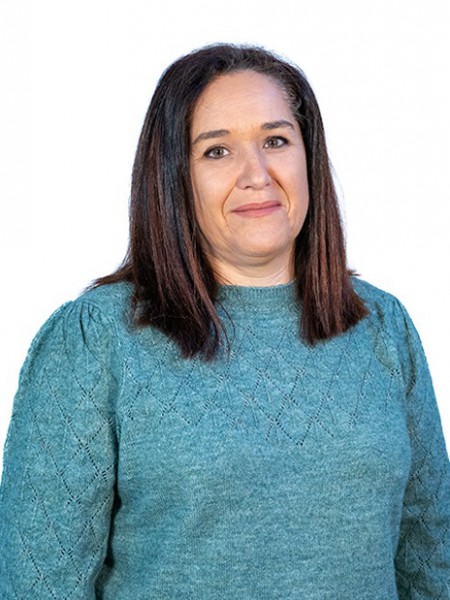abstract
The evolution of the electric vehicle market and the ongoing demand for lithium (Li), cobalt (Co) and nickel (Ni) for batteries production requires secondary sources for obtaining these elements. The recycling of Li-ion batteries involves hydrometallurgical processes with potential environmental implications, hence there is an urgent need for sustainable and more efficient recycling methods. Functionalized colloidal magnetic nanomaterials have gained interest as sorbents as they can selectively bind and remove metal species from waters, allowing their easy recovery through magnetic separation. This work addresses the preparation and evaluation of silica-coated magnetite nanoparticles (NPs), as alternative materials to recover Co and Ni from aqueous media, after their surface modification with 1-methyl-3-propylimidazolium chloride. The magnetic nanosorbents were fully characterized and the influence of solution pH and amount of ILs on the NPs surface was evaluated. Our research allows us to conclude that IL functionalized magnetic nanoparticles can be explored as an alternative to hydrometallurgical processes for the separation of Co and Ni from alkaline lixiviates of spent lithium-ion battery (LIB) powders. Explore the innovative use of ionic-liquid (IL) functionalized magnetic nanoparticles (NPs) for efficient recovery of cobalt (Co) and nickel (Ni) from aqueous containing these metals. This research highlights the potential of magnetic NPs in addressing the challenges of sustainable recycling in the context of the circular economy. image
keywords
EXTRACTION; RECOVERY; REMOVAL; LITHIUM; SILICA; ADSORPTION; COBALT
subject category
Chemistry
authors
Almeida, JC; Cardoso, CED; Neves, M; Trindade, T; Freire, MG; Pereira, E
our authors
Groups
G1 - Porous Materials and Nanosystems
G4 - Renewable Materials and Circular Economy
G5 - Biomimetic, Biological and Living Materials
Projects
Collaboratory for Emerging Technologies, CoLab (EMERGING TECHNOLOGIES)
CICECO - Aveiro Institute of Materials (UIDB/50011/2020)
CICECO - Aveiro Institute of Materials (UIDP/50011/2020)
Associated Laboratory CICECO-Aveiro Institute of Materials (LA/P/0006/2020)
acknowledgements
The authors acknowledge the financial support to LAQV-REQUIMTE [within the scope of the projects UIDB/50006/2020 & UIDP/50006/2020], financed by national funds through the FCT/MCTES. This work was developed within the scope of the project CICECO - Aveiro Institute of Materials, UIDB/50011/2020 (DOI 10.54499/UIDB/50011/2020), UIDP/50011/2020 (DOI 10.54499/UIDP/50011/2020) & LA/P/0006/2020 (DOI 10.54499/LA/P/0006/2020), financed by national funds through the FCT/MCTES (PIDDAC). Joana C. Almeida and Celso E. D. Cardoso thank FCT/MCTES (Fundac & atilde;o para a Ciencia e Tecnologia and Ministerio da Ciencia, Tecnologia e Ensino Superior) and ESF (European Social Fund) through NORTE 2020 (Programa Operacional Regi & atilde;o Norte) for the PhD grants SFRH/BD/139471/2018 and 2021.06684.BD, respectively.






